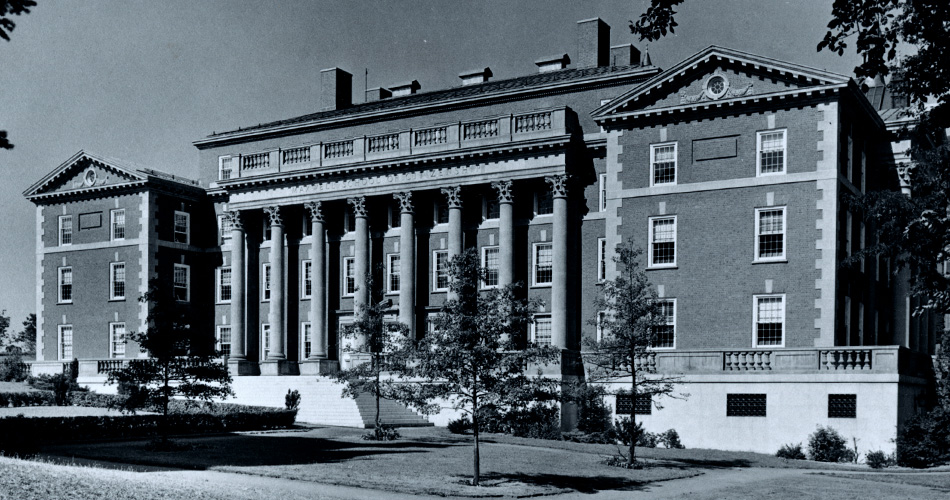Between rules and narratives: Understanding collective action in Innovation Policy Processes
Virtual
Add to: Outlook, ICal, Google Calendar
Gaia Taffoni of the European University Institute will present at the November Institutional Grammar Research Initiative (IGRI) virtual research seminar.
Abstract:
The unifying theme of strategic behavior as part of collective action has gained momentum among the public management and policy scholars' community. Specifically, explanations for collective action focus on both institutional arrangements and narratives, conceived as means that shape the practices of policy actors. Therefore, scholars may refer to at least two separate but interrelated analytical frameworks when reasoning about what drives collective action.
On the one hand, approaches focusing on institutional designs emphasize the role of rules-in-use to guide human behavior. On the other hand, accounting for the different discursive practices through which policy actors narrate and make sense of their institutional actions helps understand actors’ strategic behavior. However, examining institutional and narrative approaches together is daunting, in part because there has not been a common way to incorporate the two approaches comparatively.
In this article, we investigate how policy-makers strategically use narratives and institutional arrangements to establish relational connections between governmental and non-governmental actors in the empirical settings of an innovation policy process. We draw from assemblage thinking and Actor-Network Theory (ANT) to elaborate a novel analytical approach that combines ANT with the Institutional Grammar Tool (IGT) and the Narrative Policy Framework (NPF). According to ANT, any innovation results from a translation process through which a network of actors is created, and different interests, goals, desires, visions, and beliefs are gathered together.
We use IGT and NPF as analytical categories in a processual perspective to examine how actors narrate institutional statements within the process through which multiple heterogeneous components (humans and non-humans) are assembled to create governable forms. In bringing together ANT, the IGT, and the NPF, we shed new light on the study of strategic behavior in complex policy environments. We illustrate our approach through an in-depth analysis of the development of a smart city, namely, an ICT-enabled policy innovation made in urban settings.
(Co-authored by Gaia Taffoni, Giovanni Esposito (Université Libre de Bruxelles & Université of Liège) and Andrea Terlizzi (University of Florence).
Category
Social Science and Public Policy
Type
Virtual
Region
Virtual
Open to
Faculty
Students, Graduate and Professional
Organizer
MAX-Center for Policy Design and Governance
Accessibility
Contact Davor Mondom to request accommodations

We’re Turning 100!
To mark our centennial in the fall of 2024, the Maxwell School will hold special events and engagement opportunities to celebrate the many ways—across disciplines and borders—our community ever strives to, as the Oath says, “transmit this city not only not less, but greater, better and more beautiful than it was transmitted to us.”
Throughout the year leading up to the centennial, engagement opportunities will be held for our diverse, highly accomplished community that now boasts more than 38,500 alumni across the globe.